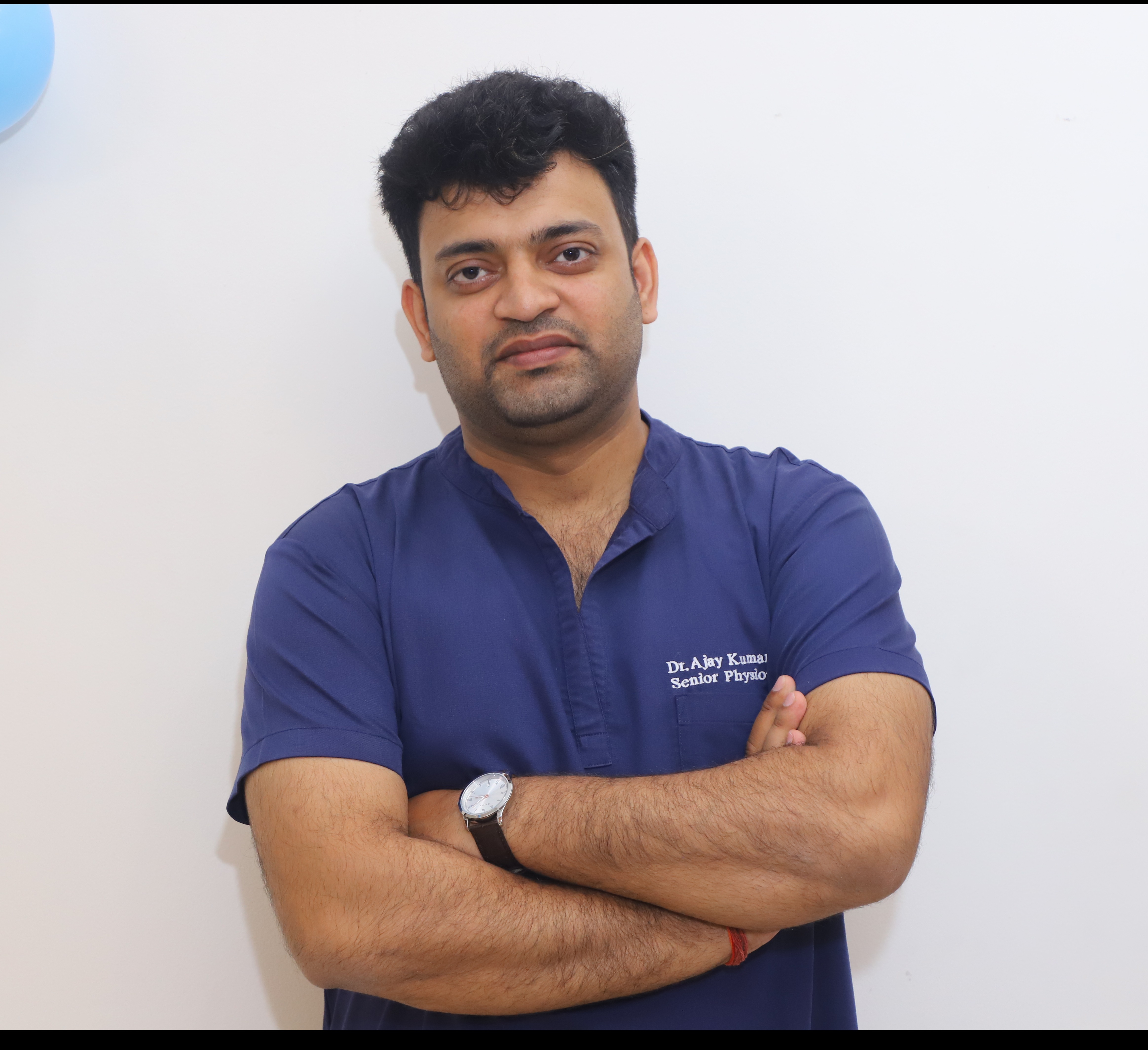



Understanding golfer’s elbow and how Physionautics can help you heal faster. If you're dealing with a nagging pain on the inside of your elbow, especially when you're gripping things or swinging a club, you might be suffering from something called Golfer’s Elbow. But don’t worry—you don’t have to be a golfer to get it, and more importantly, you don’t have to suffer through it. Let’s break it down in simple terms and explore how advanced physiotherapy techniques can get you back to feeling great. What is Golfer’s Elbow? Golfer’s Elbow, or medial epicondylitis, is a condition that causes pain and inflammation in the tendons that connect your forearm muscles to the inside of your elbow. It usually happens due to repetitive motion—like swinging a golf club, lifting weights, typing, or even using tools. You might feel: Pain or burning inside your elbow Stiffness in the joint Weak grip strength Discomfort when bending your wrist or picking things up Why Physiotherapy is Key Physiotherapy doesn’t just treat the pain—it gets to the root of the problem. And with today’s advanced techniques, treatment is more effective and faster than ever. Shockwave Therapy (SWT) This non-invasive treatment uses high-energy sound waves to stimulate healing in the elbow. It boosts blood flow and encourages your body to repair the damaged tendon. What to expect: A short, targeted session that feels like small pulses tapping your skin. Many people feel relief in just a few sessions. Dry Needling Not to be confused with acupuncture, dry needling targets tight knots in the muscle (trigger points) with a fine needle. This helps release tension, reduce pain, and improve muscle function. Bonus: It also promotes healing by increasing circulation in stubborn, inflamed tissues. Laser Therapy (Low-Level Laser Therapy – LLLT) A painless treatment that uses light to reduce inflammation and speed up tissue repair. Great for deep-tissue healing without any discomfort. Great for: Reducing swelling and promoting tendon regeneration. Instrument-Assisted Soft Tissue Mobilization (IASTM) This technique uses special tools (like Graston tools) to massage and break up scar tissue or adhesions around the tendon. It improves movement and decreases tightness. Think of it as: A deep-tissue massage with tools that target problem areas more precisely. Eccentric Strengthening Exercises These are very specific movements designed to strengthen the tendon while it's lengthening (the opposite of a regular bicep curl, for example). It helps the tendon remodel and become more resilient. Why it works: It actually 're-teaches' the tendon how to handle stress again. Kinesiology Taping These stretchy, skin-friendly tapes help reduce strain on your elbow during activities and provide support while still allowing movement. Added perk: They may also improve circulation and decrease swelling. What You Can Do At Home (With a Physio’s Guidance) Stretch regularly (especially forearm flexors and extensors) Use ice packs to calm down flare-ups Modify activities that aggravate your elbow Stick to your physio plan – consistency is key. Golfer’s Elbow is treatable—and with today’s advanced physiotherapy techniques, recovery is faster, safer, and more effective than ever before. If you're struggling with elbow pain, don't tough it out. Talk to a physiotherapist who understands the latest tools and techniques, and you’ll be back to swinging (or typing!) pain-free in no time.
We hate spam too.